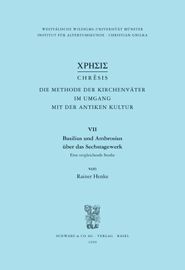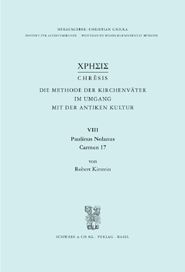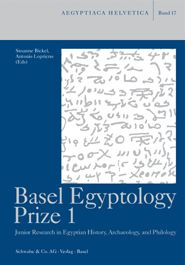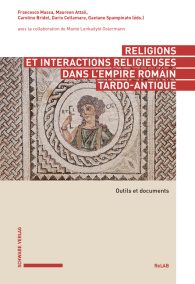
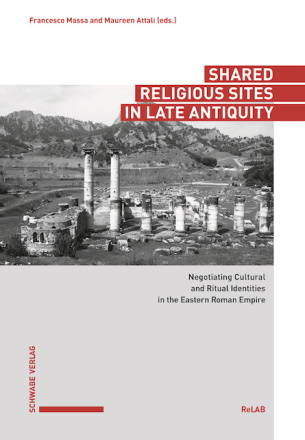
Shared Religious Sites in Late Antiquity
Negotiating Cultural and Ritual Identities in the Eastern Roman Empire
The book aims at analyzing shared religious sites in the microcosm of the multireligious and multicultural Roman Empire during Late Antiquity. The main objective is to understand if some religious sites of the Eastern Roman Empire were the object of a shared attendance by groups or individuals from different religious backgrounds, and, for those which may have been, how and why this sharing happened. To facilitate comparison and to draw up models of occupancy dynamics, the contributions focus on a limited geographical and chronological area: the Eastern provinces from the 4th century onward, a turning-point in the Empire’s religious transformations. This collective work offers a series of case-studies where polemical discourses are intersected not only with legal documents, but also with epigraphy, iconography, and archeology – including architecture and artefacts.
Series “ReLAB”
(Editor: Francesco Massa)
The series intends to study the Roman Empire as a “religious laboratory”, i.e., an intellectual space of development, production, and experimentation of new religious concepts. All volumes focus on the religious interactions that crossed the multicultural, multireligious, and globalized space of the Roman Empire, especially in Late Antiquity. “ReLAB” includes part of the results of the research project “Religious Competition in Late Antiquity: A Laboratory of New Categories, Taxonomies, and Methods”, funded by the Swiss National Science Foundation and held at the Department of History of the University of Fribourg from 2019 to 2023.
Bevorstehende Veranstaltungen
Bibliographische Angaben
| Seitenanzahl | 266 arabisch |
|---|---|
| Tabellen | 1 |
| Abbildungen | 2 s/w, 12 farbig |
| Format | 22.6 x 15.9 cm |
| Bindung | Buch, Gebunden |
| ISBN | 978-3-7965-4728-7 |
| Erscheinungsdatum | 11.09.2023 |

